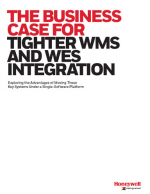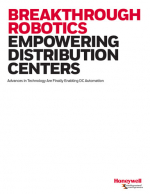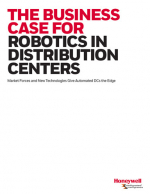Seven Order Fulfillment Strategies to Fast Track your E-Commerce Business Growth
Not sure if you are ready for automation? If you start too early you might have unused capacity. If you act too late, the impact of lost sales and lost customers might prove difficult to overcome.
Most e-commerce businesses start small, fulfilling daily orders using manual processes and handling growth by simply adding more staff, more shifts and more storage. This approach can work to a limited extent, but with increased success comes increased order volume, lines per order, complexity and the inevitable need to upgrade to a fulfillment facility with some level of automation.
By the time a growing e commerce business is handling 3,000+ orders per day with 500+ SKUs (or less with bulky items that take a lot of warehouse space), a manual fulfillment operation can quickly reach a productivity plateau followed by diminishing returns due to higher labor costs, order/inventory errors and the inability to get orders out the door on time, particularly during peak seasons. As a result, the handling cost per piece rises and erodes the operational efficiencies and cost savings expected with higher order volumes. In this white paper, we’ll share seven proven order fulfillment growth strategies plus some tips that can help you get your orders out the door more efficiently, accurately and cost-effectively as your business grows and seasonal demand occurs.
Find a way to analyze your business data In order to build order profiles
Growing e-commerce companies all use some form of management software for their fulfillment operations, even if they still work with paper printouts and enter orders manually. Collecting and analyzing order data from these software systems is an important step in preparing for seasonal and peak demand patterns. Historical data can show order profiles, reveal customer preferences, identify the most profitable SKUs and organize categories of fast and slow movers. It sounds easy, but extracting this information can be challenging, even for large companies with Enterprise Resource Planning (ERP) solutions and Warehouse Management Systems (WMS).
What’s Related




Favorites





